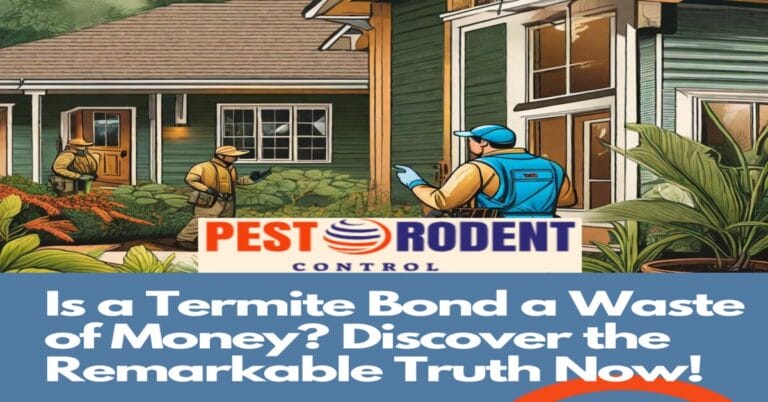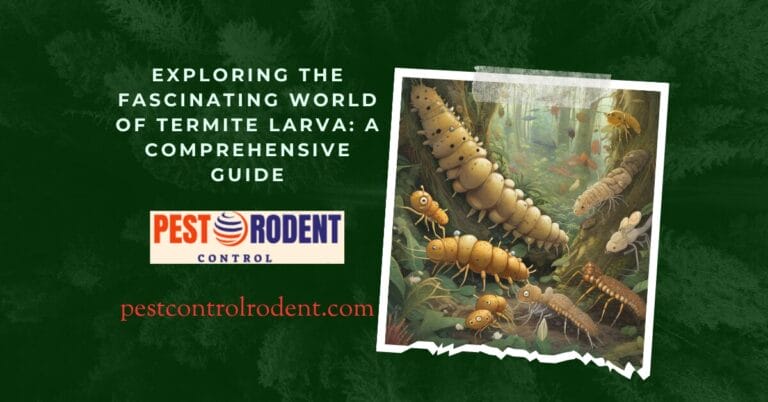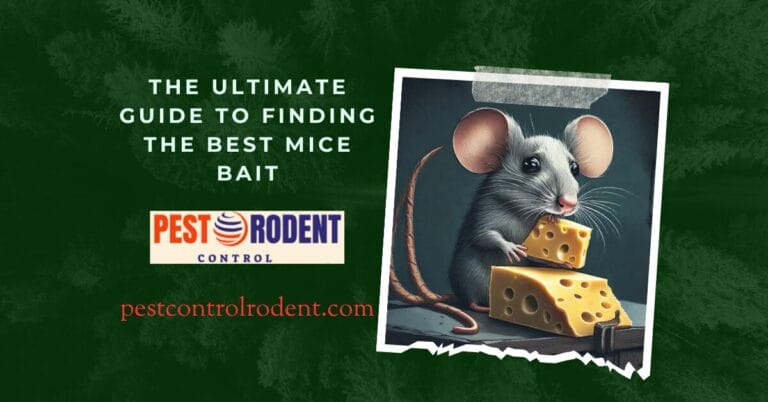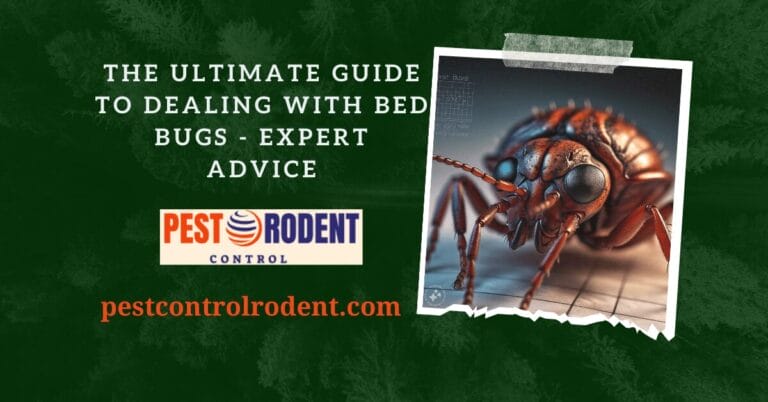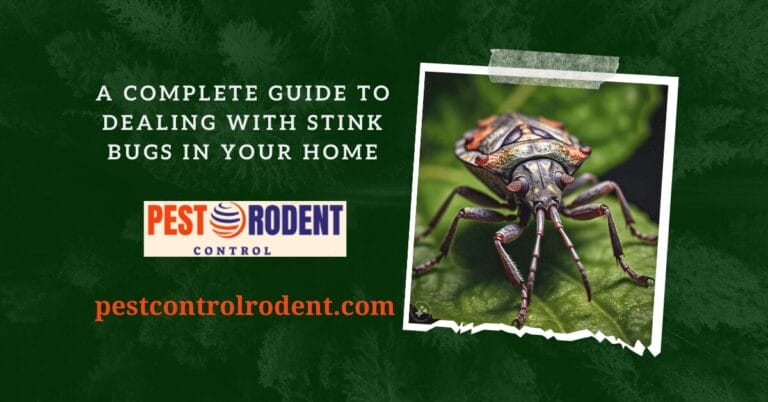Comprehensive Guide to Recognizing and Eliminating signs of mice in air ducts
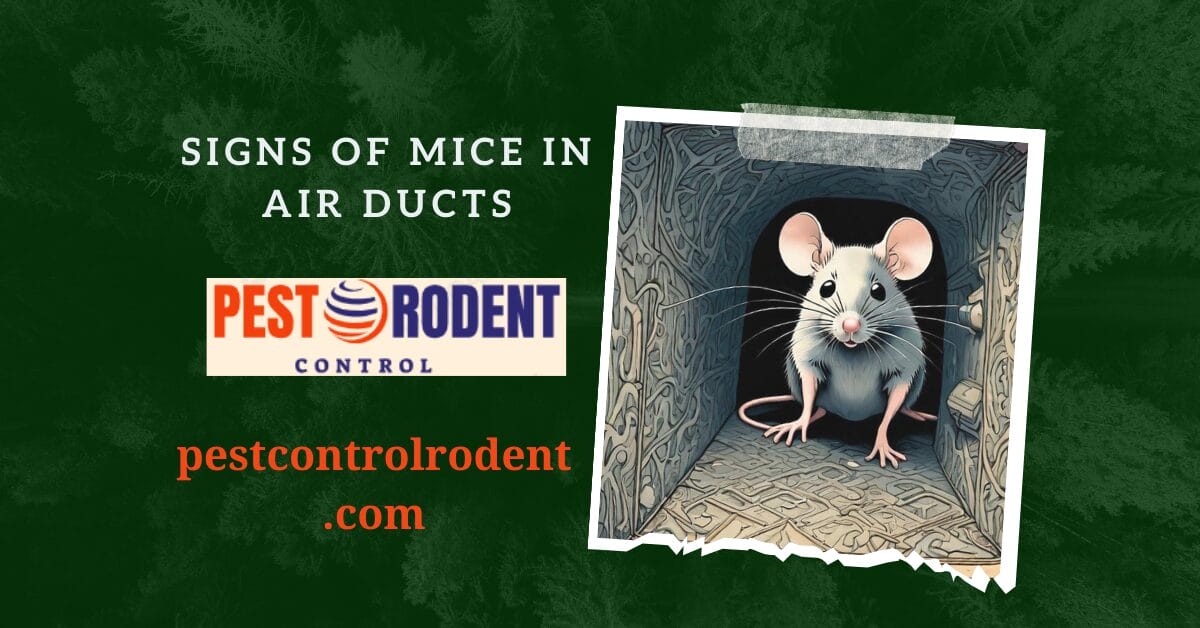
Comprehensive Guide to Recognizing and Eliminating signs of mice in air ducts
Introduction:
With the increasing concerns over indoor air quality and pest control, the infiltration of mice into air ducts has become a significant issue for homeowners. Not only can mice cause damage to HVAC systems, but they also pose health risks due to the spread of allergens and diseases. In this comprehensive guide, we will delve into the signs of mice infestation in air ducts and provide actionable steps for prevention and elimination.
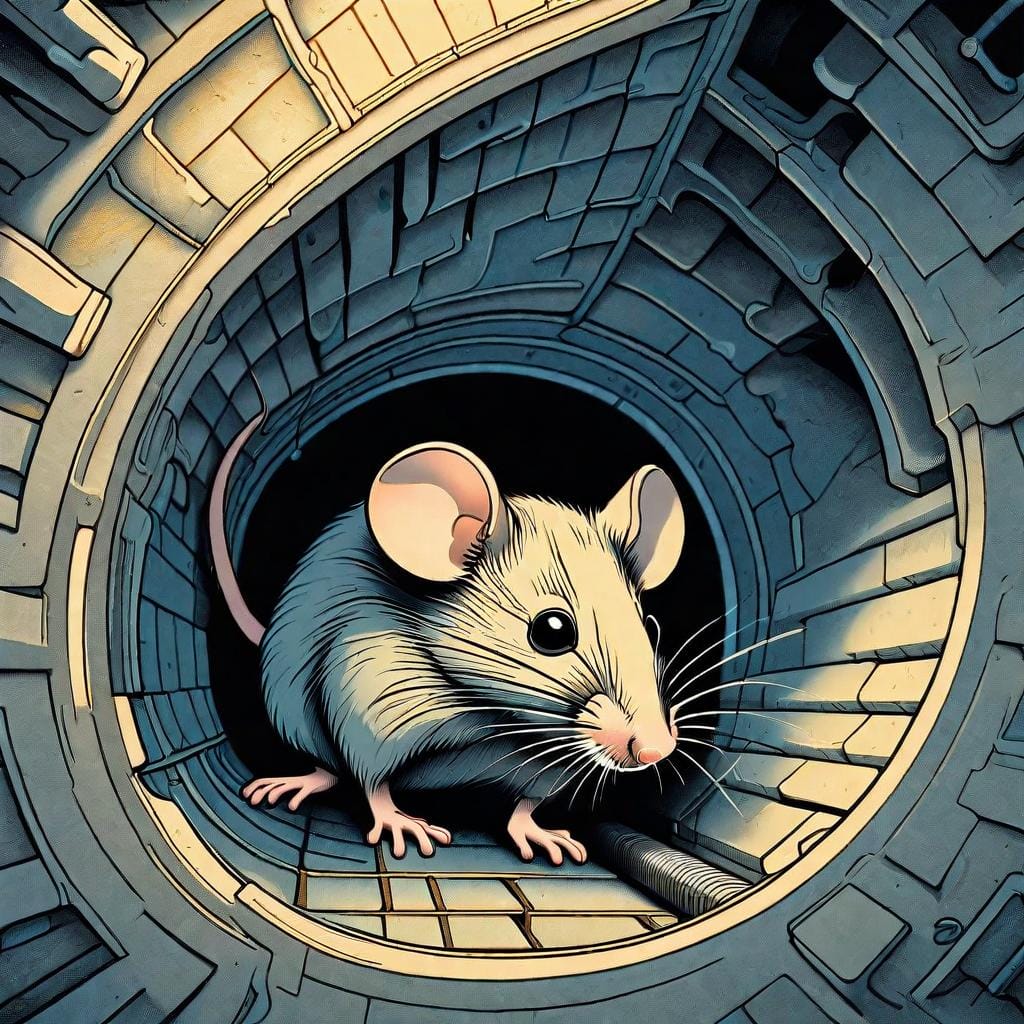
Section 1: Understanding the Problem
- Importance of addressing mice infestation in air ducts:
Mice infestation in air ducts not only compromises indoor air quality but also affects the efficiency of HVAC systems, leading to higher energy bills and potential breakdowns. - How mice access air ducts:
Common entry points for mice include gaps in walls, cracks in foundations, and vents that are not securely sealed. These openings provide easy access for mice to enter air ducts.
Section 2: Signs of Mice in Air Ducts
- Scratching or squeaking noises:
Hearing these sounds coming from the air ducts indicates the presence of mice that are actively moving and nesting within the ductwork. - Foul odor:
A musty smell in the air could be a sign of mouse infestation as their droppings and urine contribute to an unpleasant odor that can impact indoor air quality. - Visible droppings:
Finding small, dark droppings along the ductwork or near vents is a clear indication of mice activity in the air ducts. - Nesting materials:
Discovering shredded paper, fabric, or insulation materials in or around air ducts signifies that mice have created nests within the ductwork.
Section 3: Steps to Eliminate Mice in Air Ducts
- Seal all entry points:
Inspect and seal any gaps, cracks, or openings that mice could use to enter air ducts, ensuring a secure barrier against future infestations. - Clean and disinfect ductwork:
Remove all traces of nesting materials, droppings, and debris from the ductwork to eliminate attractions for mice and prevent them from returning. - Set traps:
Use snap traps or bait stations strategically placed near suspected entry points to capture mice efficiently and reduce their population. - Consult a professional:
For severe infestations or persistent mouse problems, seeking help from pest control experts can provide specialized treatment options for effective elimination.
Section 4: Preventive Measures for Future Infestations
- Regular maintenance:
Schedule routine inspections and maintenance to identify and address potential entry points for mice before they can infest air ducts. - Good hygiene practices:
Keep the home clean and clutter-free to reduce hiding spots for mice and limit their access to food sources. - Secure food sources:
Store food in airtight containers, clean up spills promptly, and dispose of garbage in sealed bins to discourage mice from entering the home. - Install mesh covers:
Place mesh covers over exterior vents to prevent mice from entering air ducts through outdoor openings.
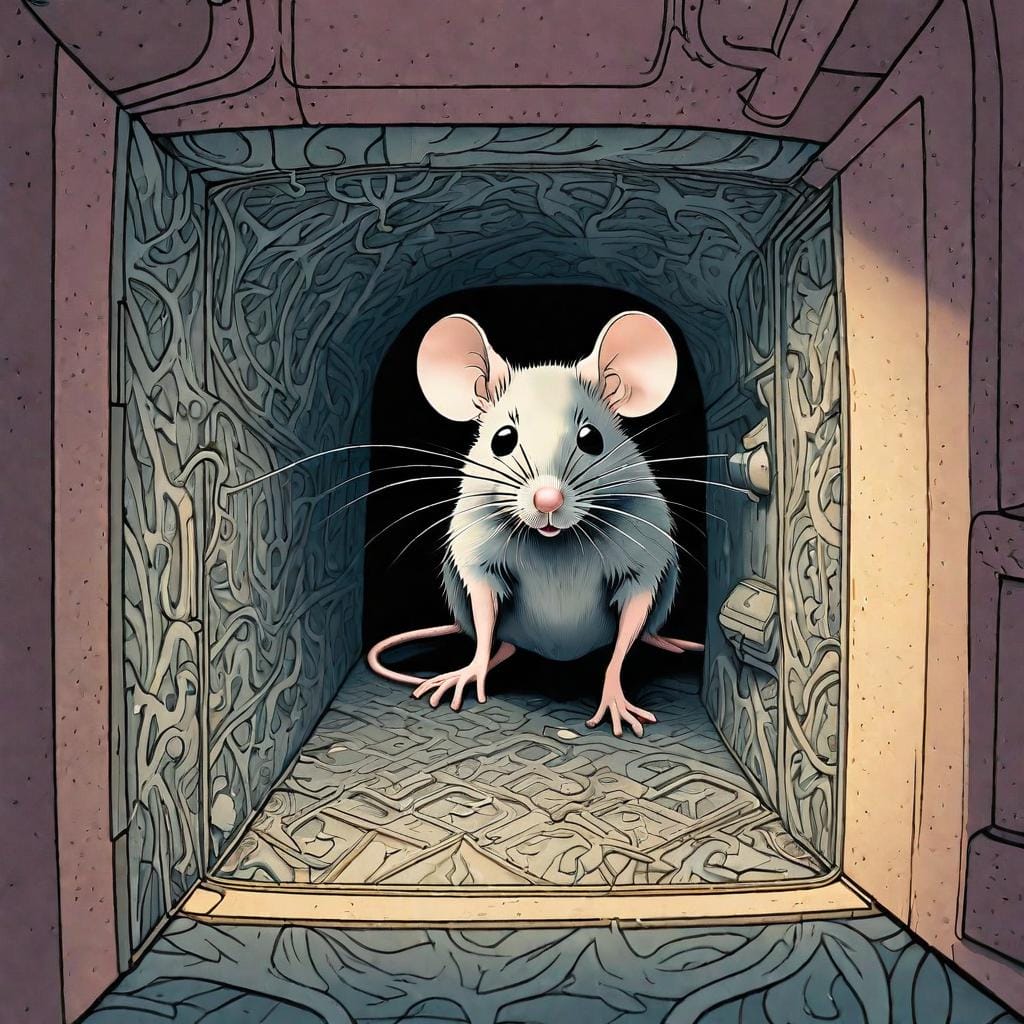
Section 5: Conclusion and Call to Action
By following this comprehensive guide, homeowners can effectively identify, eliminate, and prevent mice infestation in their air ducts, ensuring both the health of their family and the longevity of their HVAC system.
Take proactive steps today to safeguard your indoor environment from unwanted pests and enjoy a comfortable, pest-free living space. Remember, prevention is key in maintaining a healthy home.
Remember, a secure and clean air duct system not only contributes to better indoor air quality but also extends the lifespan of your HVAC system. Stay vigilant and take action to keep your home safe and pest-free!

